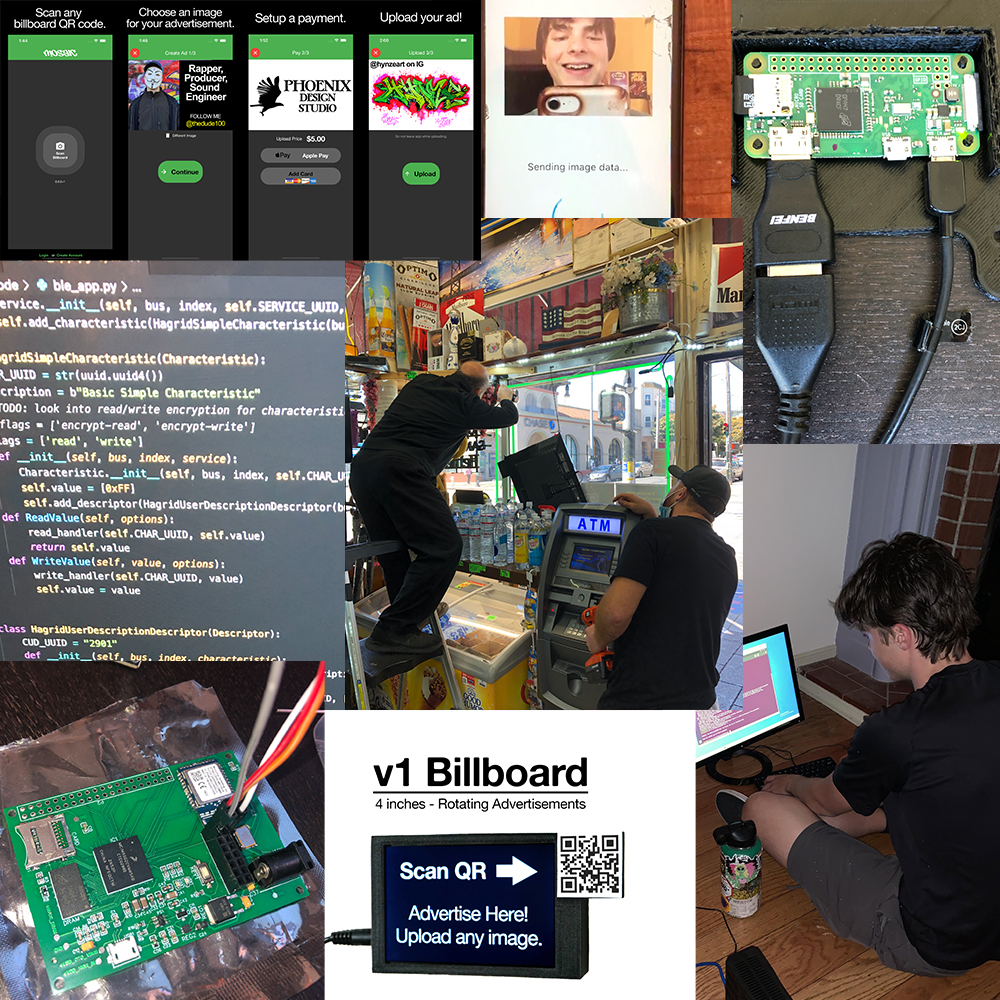
Introduction
Mosaic Billboards was a project I worked on from December 2020 to September 2021.
The goal was digital graffiti - small digital billboards that could be distributed throughout cities. My interest wasn't (and isn't) in advertising, but in tools to empower local voices and art.
Looking back, I was extremely naive. Even though the project didn't work out, it was an engineering challenge and I learned a ton.
Here are the phases of development and some things I learned along the way.
The v1 Billboard
The initial version was an ESP32 microcontroller with a 4 inch display.
The software was a simplified version of Airdrop which would send image data over a WiFi access point to the ESP32.
With a 3D printed housing and some cleanup I had the first version!
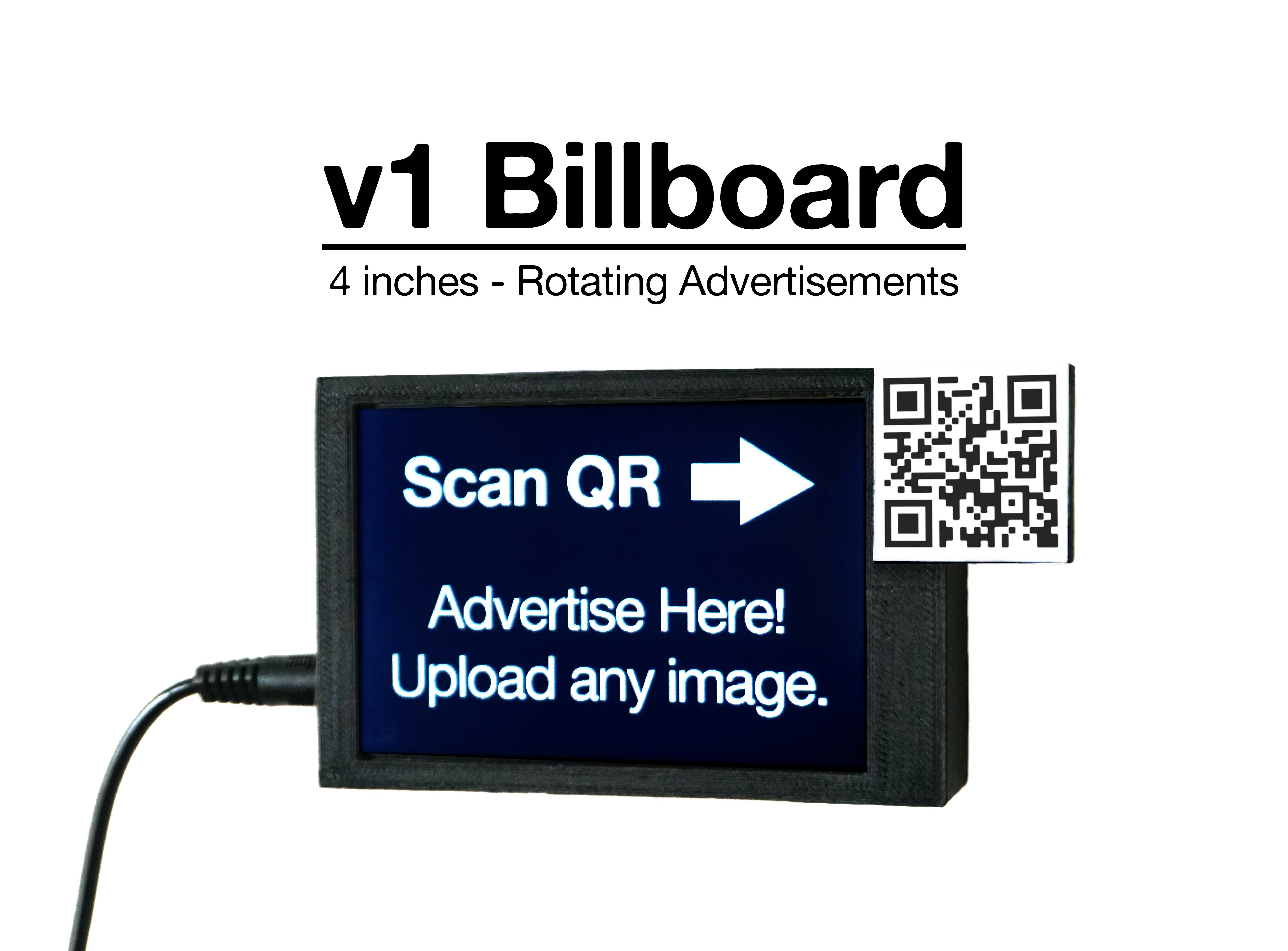
In addition, I spent lots of time building apps for uploading to and managing the billboards - creatively named the uploader app and admin app.
The v2 Billboard
To make some upgrades I decided to ditch the ESP32 and use a Raspberry Pi.
Sourcing a bright enough display was the main constraint here. Anything under 600 cd/m^2 is too dim for outdoors. The best I could find was a 24 inch at 500 cd/m^2, which would have to do for the v2.
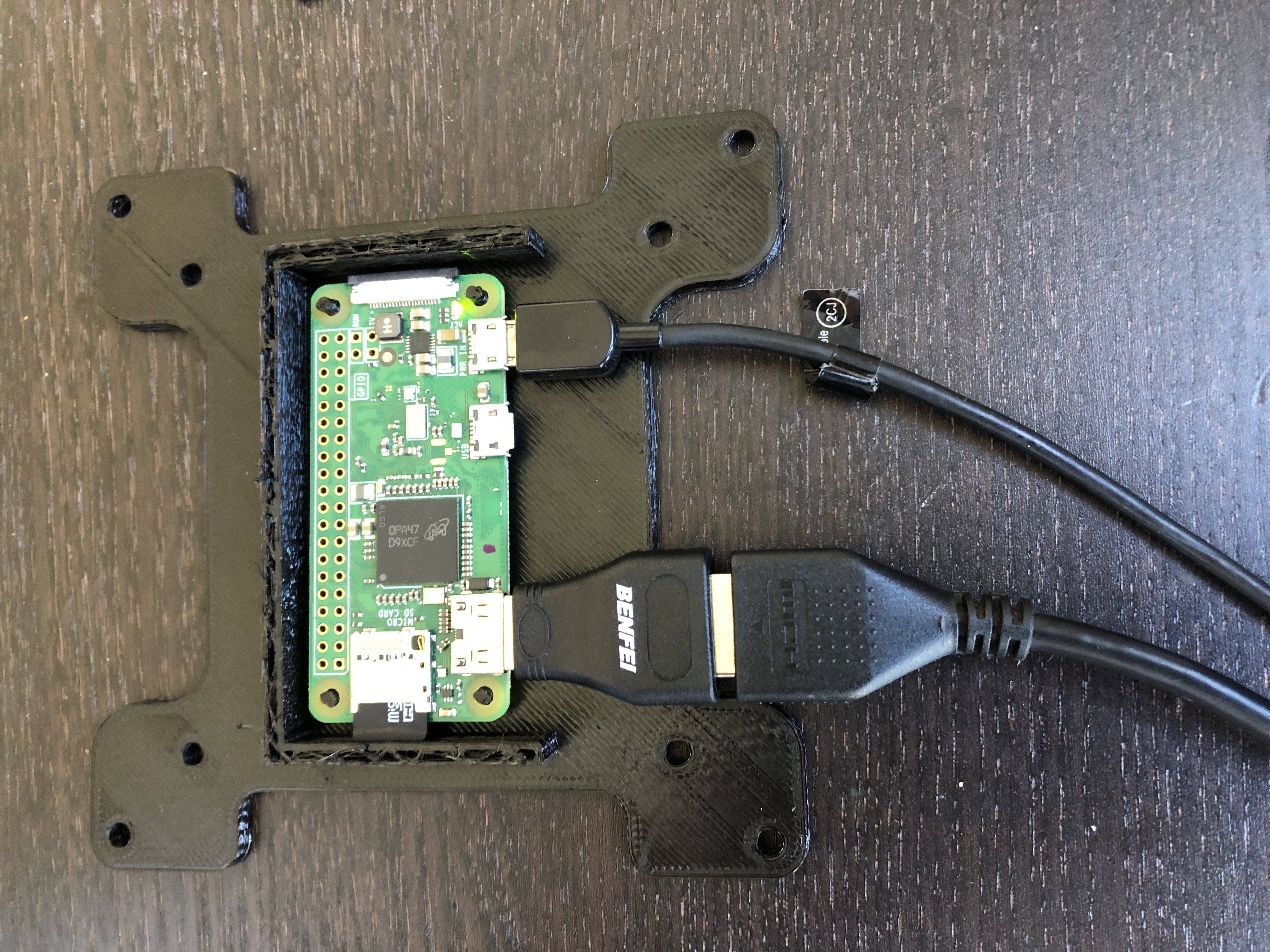
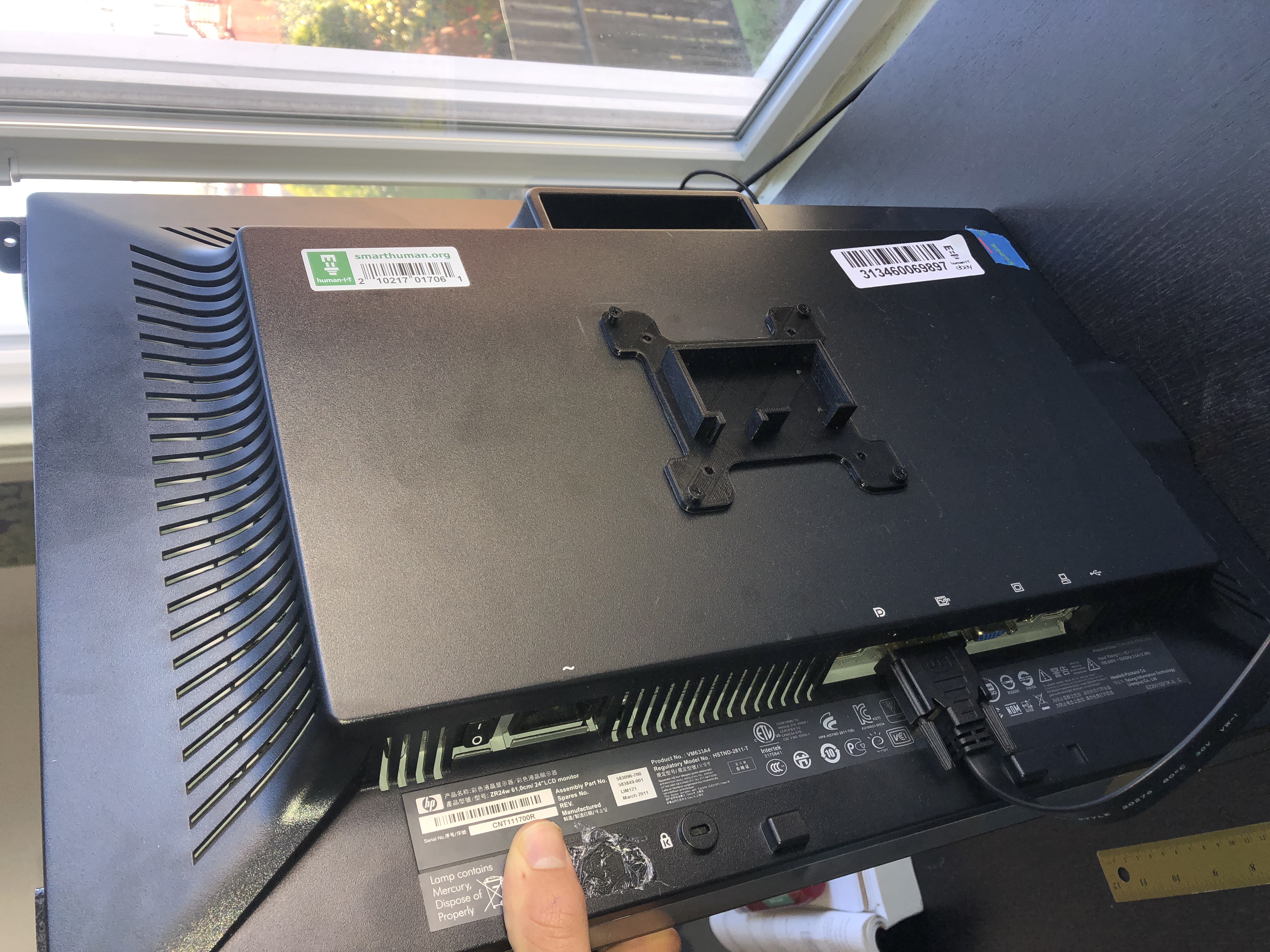
I also completely rebuilt the:
- Firmware
- Website
- Backend services
- Uploader App
- Admin App
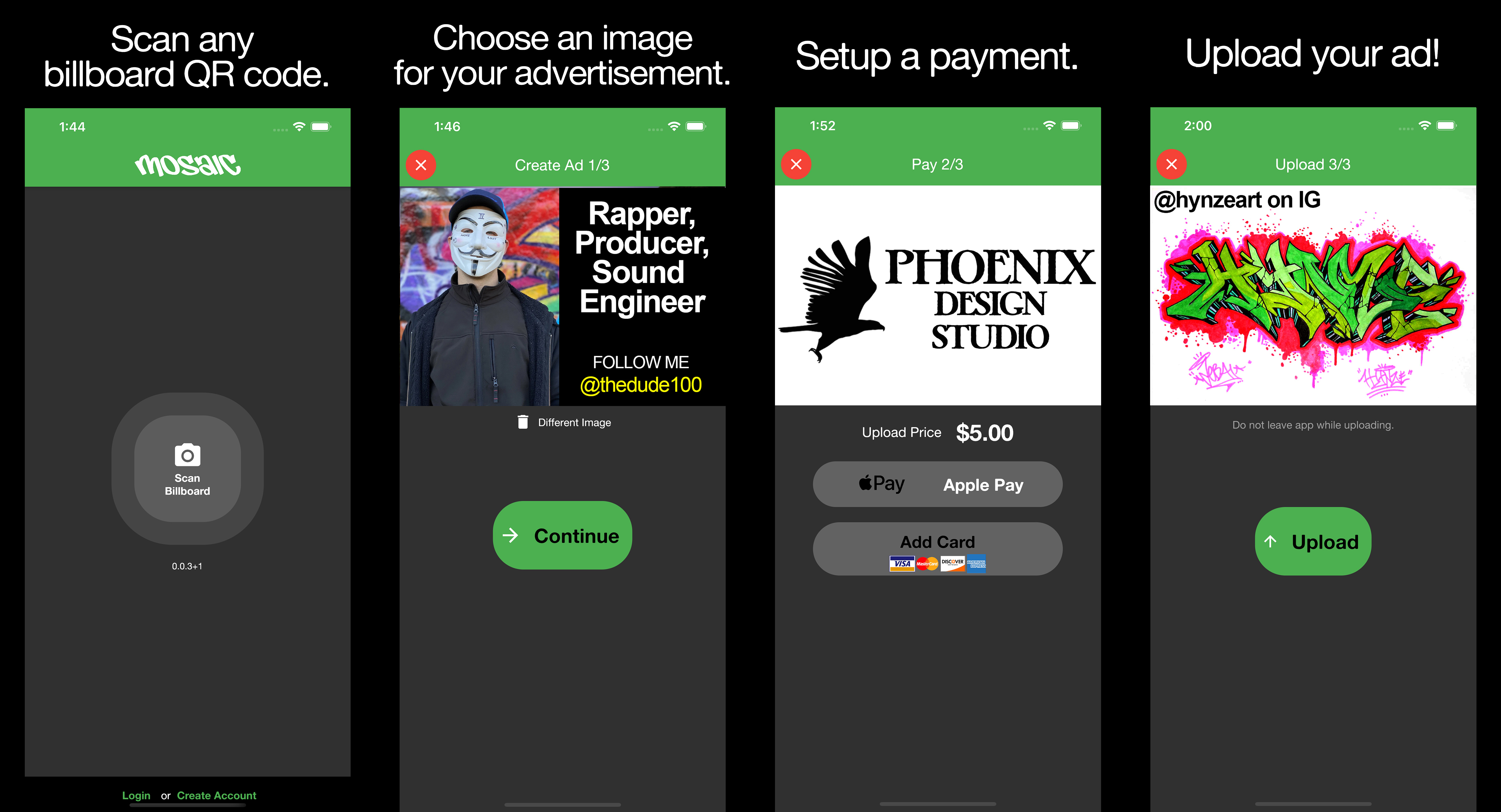
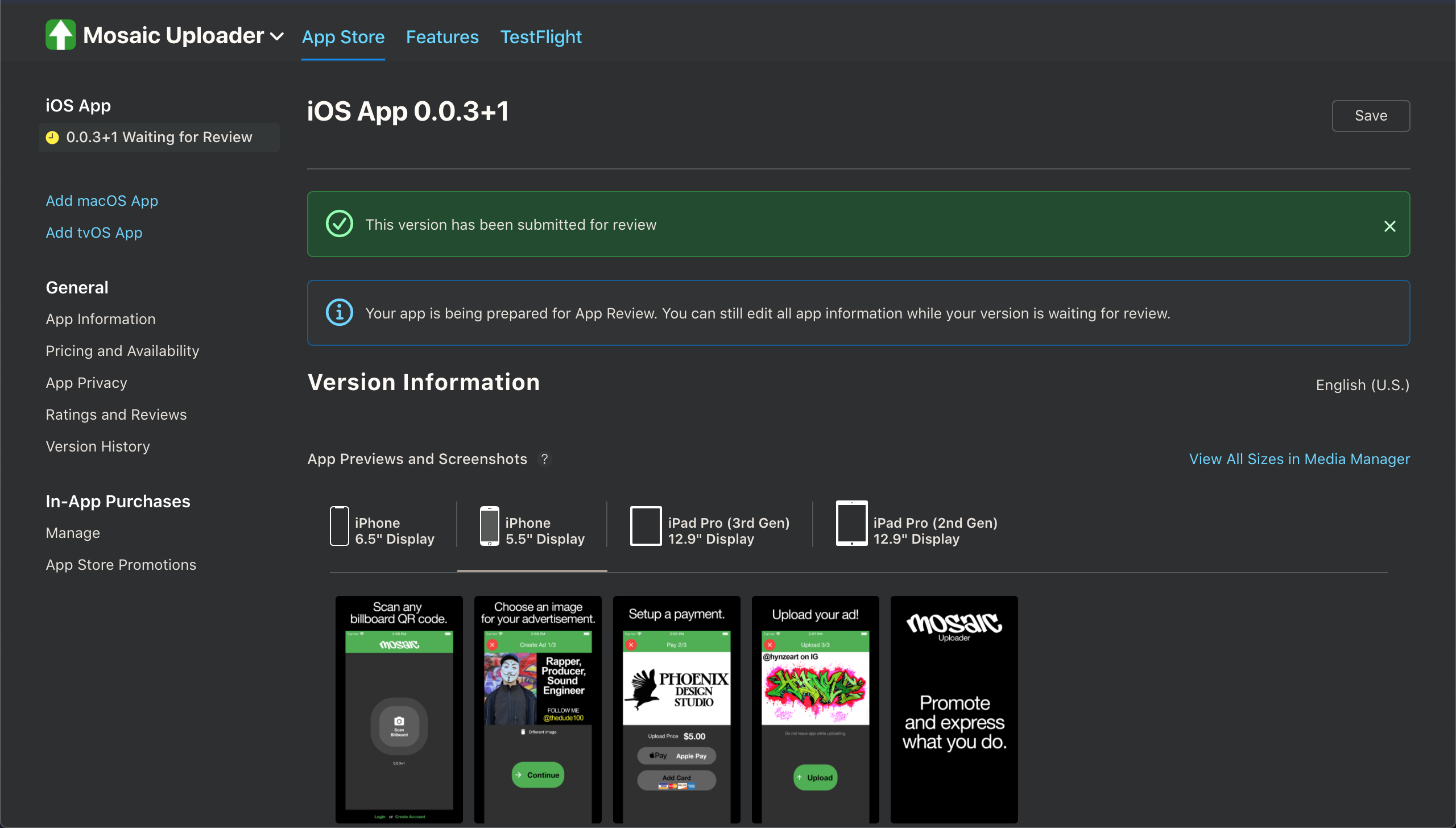
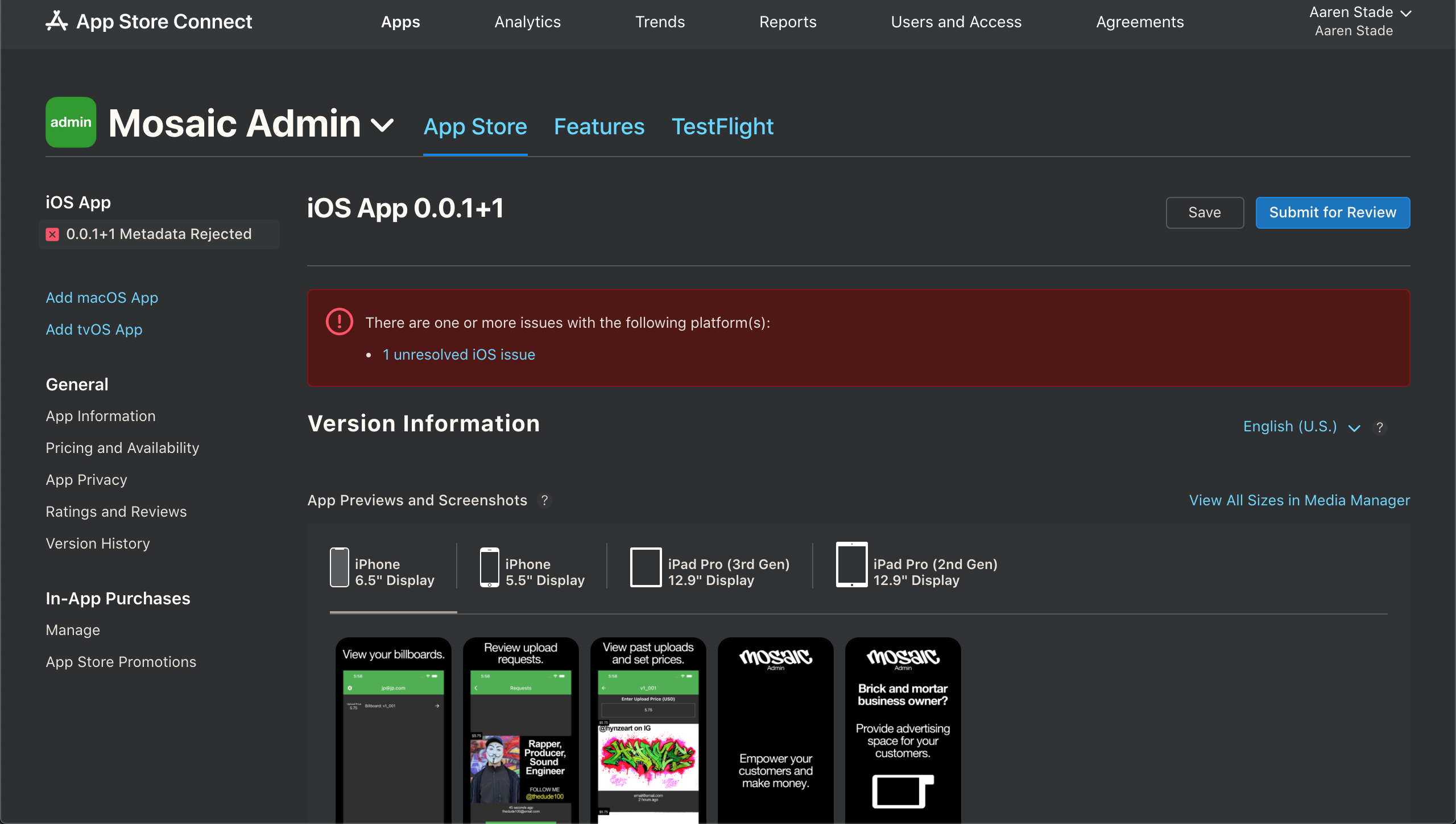
So this took some months...
Talking to Liquor Stores
I approached about 15 liquor stores in San Francisco to see if any were interested. Half were generally intrigued and the other half very skeptical. The idea was a free billboard in exchange for shared advertising revenue.
One store, Golden Market on Mission St. in San Francisco, was interested! (thanks Fred) So we tested the V2 billboard there.
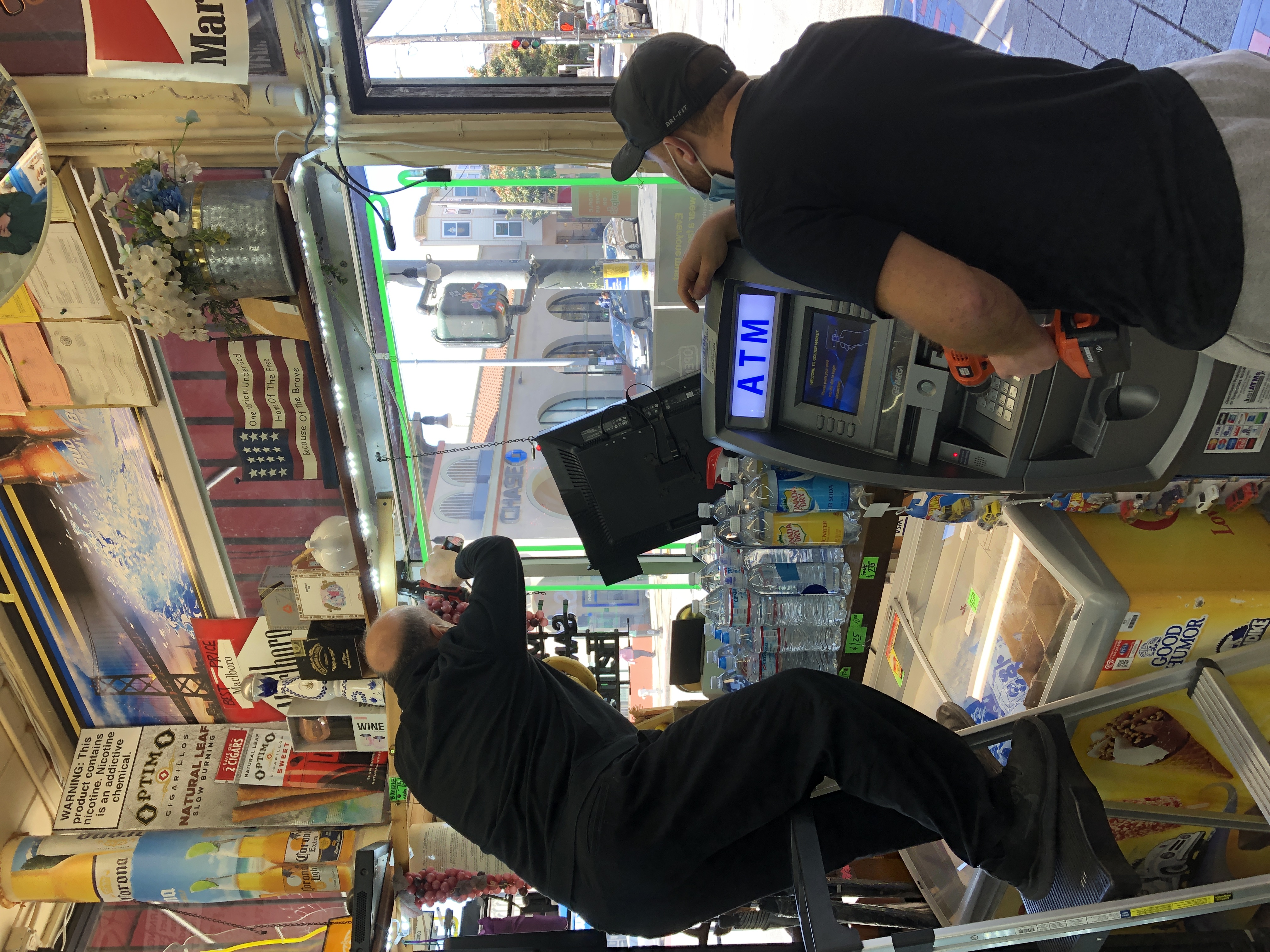
The Aftermath and V3 Billboard
After multiple days of no uploads, it became clear that there was no PMF here. Maybe a brighter display or different location would've helped, but I recognized this wasn't something needed by the average pedestrian.
This experience pushed me to reconsider the entire business model, shifting away from spontaneous local advertising toward a more traditional digital billboard network approach.
However, this idea lacked passion with me. I recognized I was just looking for an engineering challenge rather than to make boat loads of money and be miserable.
So in my naivety, I continued on to build a more refined, high volume manufacturable billboard.
This involved:
- Learning electronic circuit design.
- Designing an embedded Linux board.
- Completely refactoring the firmware to enable user setup over Bluetooth.
- Selecting parts and searching for a cheap bright display panel.
- CAD designing a housing around the panel and board layout.
What followed were months of isolation and neuroplasticity.
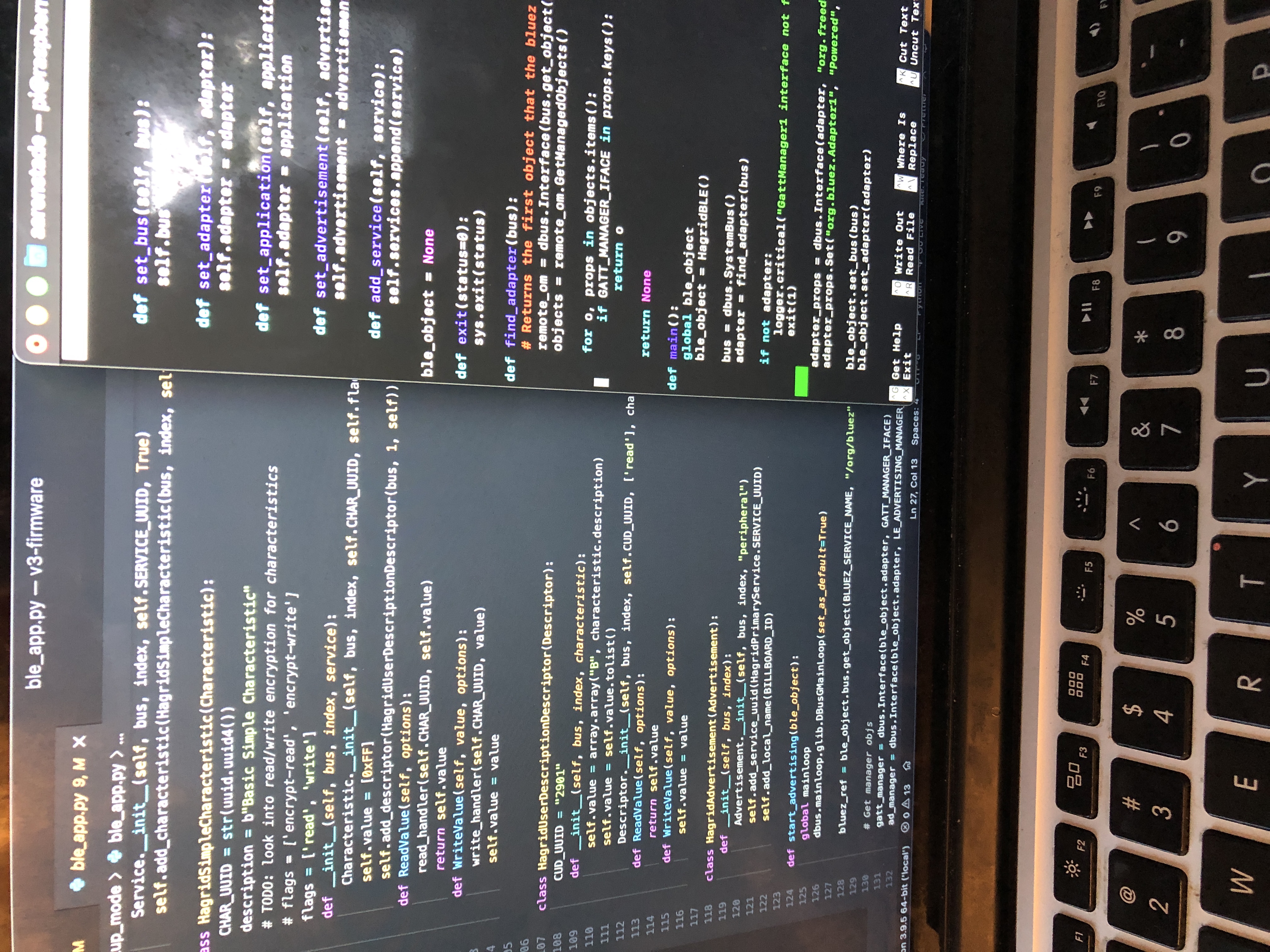
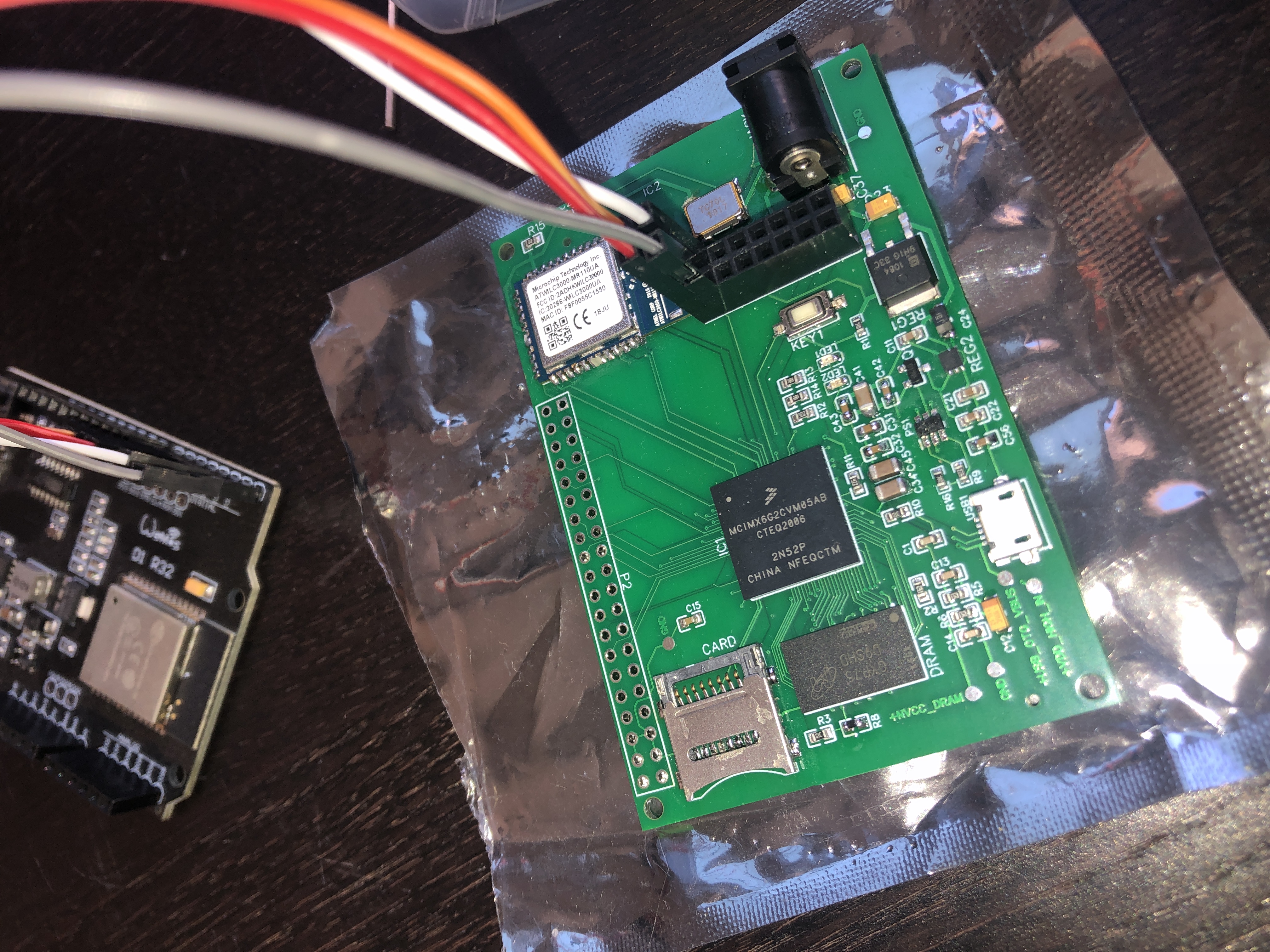
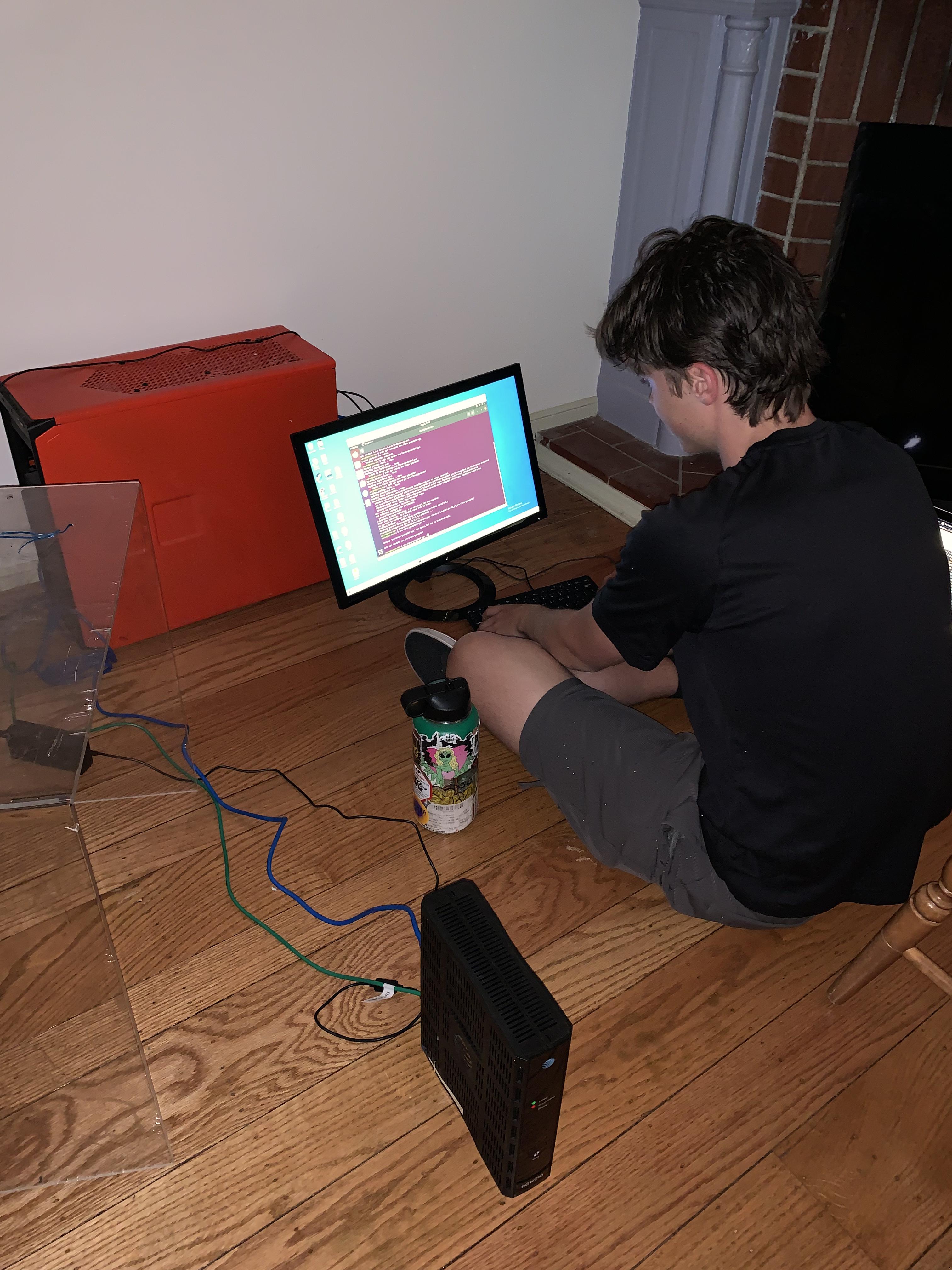
In the end, after the inevitability of the power circuit not working, I decided I should get a job. So that's where the project ended.
Key Lessons Learned
- Don't be a solution in search of a problem
- Avoid over-engineering before product-market fit
- Don't attempt hardware startups alone
But net-net this was a very positive project for me. Maybe I'll revisit a similar idea in the future, we'll see :)